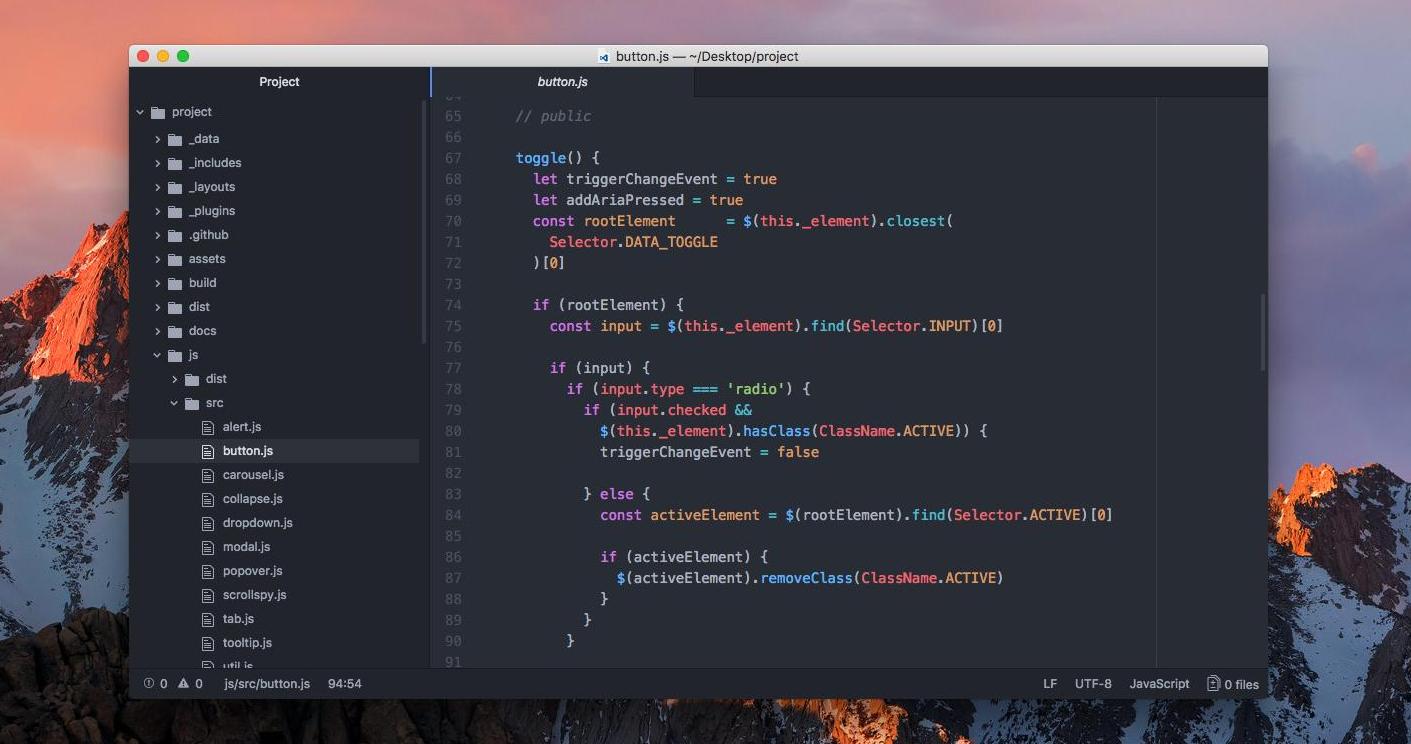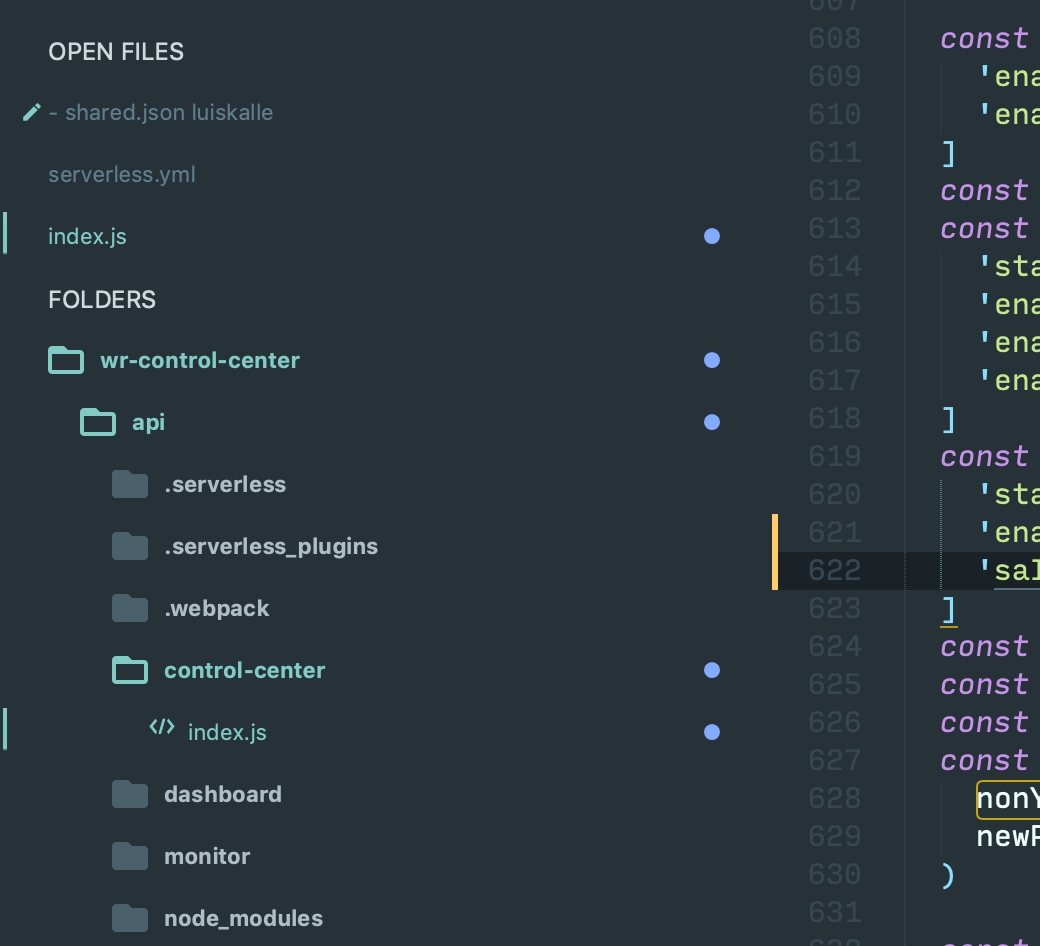That tells Sublime Text to put your cursor there when it's done expanding your snippet. Sublime Text calls that a field marker. Next is the tabTrigger, the text you type, followed by a Tab, that expands to create the content. In our case, we want to use the letter p. Tweaking Sublime Text for a better productivity. This paragraph contains a few tips & trick that can improve your daily productivity with Metals. Optional LSP client tweaks. If you prefer to only enable Metals completions (without mixing them with the default ones from Sublime) set the following setting in the 'Preferences Preferences: LSP. Sublime Text also supports many additional software packages that the developer can download to make their coding lives easier. If you are familiar with the Notepad theme, there is a similar theme available for you to download for use in Sublime Text 3.
- Sublime Text Tutorial
- Sublime Text Useful Resources

- Selected Reading
Every editor includes plugin for the development, that triggers set of activities and default packages. Sublime Text editor includes a feature for developing your own customized plugin. This chapter discusses in detail about developing your own plugin in Sublime Text.
Developing Plugin
The following steps show you in detail how to develop a plugin in Sublime Text −
Step 1 − Select the New Plugin option by navigating through Tools → Developer → New Plugin as shown below −
Step 2 − The basic code of a plugin includes import of two main libraries: sublime and sublime_plugin.

The code for the plugin is −
Step 3 − The customized plugins are saved in Packages → User folder. Refer to the following screenshot that gives you the complete understanding of the plugins saved in Sublime Text editor.
Running the plugin
When you have created a plugin and saved it, open the console using the shortcut key Ctrl+` on Windows and Cmd+` on OSX, and execute the command shown here −
This command will execute the plugin defined by the user with the list of activities included in it.
A cheat sheet about regular expressions in Sublime Text.
| expression | Description |
|---|---|
. | Match any character |
^ | Match line begin |
$ | Match line end |
* | Match previous RE 0 or more times greedily |
*? | Match previous RE 0 or more times non-greedily |
+ | Match previous RE 1 or more times greedily |
+? | Match previous RE 1 or more times non-greedily |
? | Match previous RE 0 or 1 time greedily |
?? | Match previous RE 0 or 1 time non-greedily |
A|B | Match either RE A or B |
{m} | Match previous RE exactly m times |
{m,n} | Match previous RE m to n times greedily |
{m, n}? | Match previous RE m to n times, no-greedily |
| expression | Description |
|---|---|
[abc] | Match either a, b or c |
[^abc] | Match any character not in this set (i.e., not a, b and c) |
[a-z] | Match the range from a to z |
[a-f2-8] | Match the range from a to z or the range from 2 to 8 |
[a-z] | Match a, - or z |
[a-] | Match a, - |
[-a] | Match -, a |
[-a] | Match -, a |
[{}*|()[]+^$.?] | Match either one of the chacters in []{}*|()+^$?. |

- Note that you can also use character class inside
[], for example,[w]matches any character inwordcharacter class.
Sublimetext Text Editor 3
“Multiple character” character class
An expression of the form [[:name:]] matches the named character class name.
| class name | Description |
|---|---|
alnum | Any alpha-numeric character |
alpha | Any alphabetic character. |
digit | Any decimal digit. |
xdigit | Any hexadecimal digit character. |
lower | Any lower case character. |
upper | Any upper case character. |
cntrl | Any control character1. |
print | Any printable character. |
punct | Any punctuation character. 2 |
space | Any whitespace character. 3 |
word | Any word character (alphanumeric characters plus the underscore). |
Note: To use upper and lower, you have to enable case sensitve search.
“Single character” character class
| class name | Description |
|---|---|
d | Equal to [[:digit:]] |
l | Equal to [[:lower:]] |
u | Equal to [[:upper:]] |
s | Equal to [[:space:]] |
w | Equal to [[:word:]] |
D | Equal to [^[:digit:]] |
L | Equal to [^[:lower:]] |
U | Equal to [^[:upper:]] |
W | Equal to [^[:word:]] |
Sublime Text 3 Download
Defining capture groups
| expression | Description |
|---|---|
(?<NAME>pattern) | Define a regex group named NAME which you can later refer to with g{NAME} |
(?=pattern) | Positive lookahead, consumes zero characters, the preceding RE only matches if this matches |
(?!pattern) | Negative lookahead, consumes zero characters, the preceding RE only matches if this does not match |
(?<=pattern) | Positive lookbehind, consumes zero characters, the following RE will only match if preceded with this fixed length RE. |
(?<!pattern) | Negative lookbehind, consumes zero characters, the following RE will only match if not preceded with this fixed length RE. |
Refering to matching groups (capture groups)
| expression | Description |
|---|---|
1 | Refer to first regex group |
g{1} | Refer to first regex group |
g{12} | Refer to 12th regex group |
g{-1} | Refer to last regex group |
g{-2} | Refer to last but one regex group |
- The regex groups are indexed by the order of their opening braces.
- Note the
g{NUM}form allows for matching regex group index larger than 9, for example,g{12}.
Escapes
| class name | Description |
|---|---|
xdd | A hexadecimal escape sequence - matches the single character whose code point is 0xdd. |
x{dddd} | A hexadecimal escape sequence - matches the single character whose code point is 0xdddd. |
Word boundaries
Camtrax driver download. The following escape sequences match the boundaries of words:
| class name | Description |
|---|---|
< | Matches the start of a word. |
> | Matches the end of a word. |
b | Matches a word boundary (the start or end of a word). |
B | Matches only when not at a word boundary. |
The title image is taken from here.
Control character explanation: https://en.wikipedia.org/wiki/Control_character↩︎
There are 14 punctuation marks in English: https://grammar.yourdictionary.com/punctuation/what/fourteen-punctuation-marks.html↩︎
For whitespace character, see https://en.wikipedia.org/wiki/Whitespace_character↩︎
